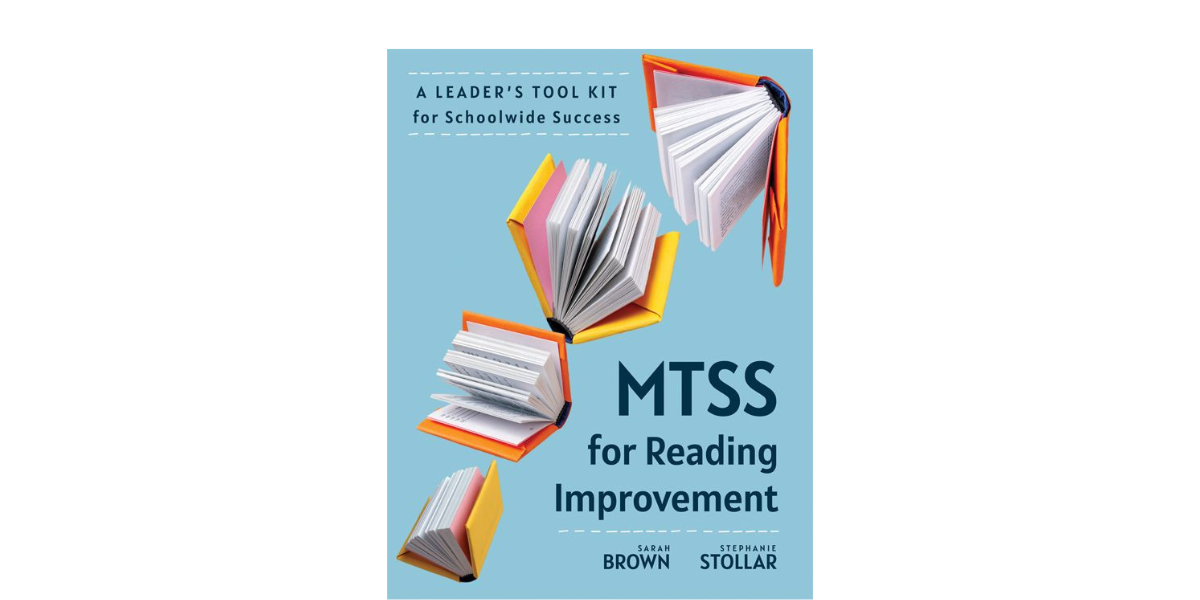Same As It Ever Was...

Teachers are telling me they have been mandated to implement their core reading program "with fidelity." I'm not sure this is a good idea.
What if the core program has no research on its effectiveness?
What if the core program is not well-matched to the needs of the students?
What if elements of the instructional system won't support accurate and consistent implementation of the core program?
If a doctor prescribed an antibiotic to treat a broken leg, you wouldn't expect the bone to be healed by faithful administration of the antibiotic treatment - it is the wrong treatment for the concern.
Before mandating implementation fidelity, schools should carefully consider the needs of the students, analyze available resources, and design evidence-based instruction for Tier 1. In other words, they should engage in team-based, systems-level problem solving.
Here are some thoughts for your consideration.
What Is Implementation Fidelity?
Implementation fidelity, also referred to as treatment integrity or implementation integrity, is the degree to which an intervention or treatment is implemented as planned, intended, or originally designed (Gresham, 1989, 2004; Gresham, MacMillan, Beebe-Frankenberger, & Bocian, 2000).
Hagermoser, Sanetti, and Kratochwill (2009) defined treatment integrity as “the extent to which essential intervention components are delivered in a comprehensive and consistent manner by an interventionist trained to deliver the intervention.”
In experimental research, it is essential to demonstrate that changes in a dependent variable are the direct result of introducing an independent variable. Translated into a school context, this means demonstrating that changes in student learning are the result of implementing an intervention. Evidence that the intervention was implemented as planned supports confidence that student learning resulted from the introduction of the intervention and not some other variable.
The concept and importance of implementation fidelity is well established in the intervention research. But how does this translate into classroom reading instruction?
Tier 1 Implementation Fidelity
The National Research Center on Learning Disabilities (2006) reported on a study that ranked schools on the following six criteria:
- presence of evidence-based core curriculum,
- fidelity of implementation of core curriculum at 86% or better,
- presence of small-group reading interventions provided for at-risk students,
- fidelity of implementation of intervention at 86% or better,
- data-based decision making used for interventions, and
- an instructional leader who manages the reading interventions.
Students performed better on various measures when their school was rated higher on these criteria versus schools with lower ratings.
A key component in this analysis was the presence of an evidence-based core curriculum. A curriculum that is evidence-based is a curriculum that has evidence on which to base claims of effectiveness. This is not necessarily the same as HQIM.
In contrast, some research studies find that high levels of student learning can happen without faithful adherence to the planned instruction (Hagermoser Sanetti & Kratochwill, 2009; McCurdy and Watson, 1999; Schulte et al., 2009).
Considerations for Tier 1 Fidelity
Administrators might consider the following before asking teachers to implement a Tier 1, core reading program with fidelity:
- Does the core reading program match what is in reading research and does it have research to demonstrate its effectiveness?
- Does the program align with the needs of your students? Do you have good universal screening and diagnostic assessments that identify students' needs?
- Are the structures in place to support successful implementation of the program (schedule, training, coaching, time for planning)?
Implementation Guidance
If you think you have the right program and should implement it with fidelity, here are some additional considerations:
- Child factors (e.g., skill, attendance)
- Resources required
- Complexity of the instructional routines
- How different the instructional routines are from current practices
- Impact on the schedule
- Number of staff required
- Motivation of staff to implement
- Perceived and actual effectiveness of the instruction
Measuring Fidelity
Treatment fidelity can be measured both directly and indirectly by administrators, coaches, reading specialists, or by teachers.
Direct Measures:
Systematic observation involving:
- Conducting a task analysis
- Clearly defining components in observable terms
- Rating occurrence and non-occurrence of each component to get a percentage
- Graphing the integrity and outcome data
Indirect Measures
- Self-report
- Interviews
- Rating scales
- Checklists
- Lesson plan reviews
If schools are asking teachers to implement a core reading program with fidelity, I hope they discuss these guidance and measurement considerations.
Additional Domains of Fidelity
Improving reading outcomes via MTSS involves so much more than implementing new programs with fidelity. It seems to me that at the very least we might consider additional domains in which we hold ourselves accountable for implementing with fidelity. These might include:
- implementation of school-wide assessment systems
- implementation of MTSS core components (teaming, professional learning, leadership support, program evaluation)
- implementation of the collaborative problem solving process
Final Thoughts
While I am in favor of including more science in the science of reading, I have reservations about mandates to implement core reading instruction "with fidelity" without first understanding if the Tier 1 instructional system is aligned with research and the needs of the students.
As Joe Torgesen stated in 1998, “The most critical elements of an effective program for the prevention of reading disability at the elementary school level are the right kind and quality of instruction, delivered with the right level of intensity and duration, to the right children, at the right time.”
Key aspects of effective MTSS include using data in the context of collaborative problem-solving model to define and analyze the problem, implement effective reading instruction, collect data on student outcomes, and monitor implementation effectiveness. These elements can establish a strong relationship between student outcomes and adult behaviors in schools, and can support schools to move beyond slogans and blanket mandates that aren't serving students or teachers.

Dr. Stephanie Stollar is the founder of Stephanie Stollar Consulting LLC and the creator of The Reading Science Academy. She is a part-time assistant professor in the online reading science program at Mount St. Joseph University, and a founding member of a national alliance for supporting reading science in higher education.
You can follow Stephanie Stollar Consulting and the Reading Science Academy on Facebook, YouTube, Twitter, Instagram and LinkedIn, and contact her at [email protected].
⭐️ Get Dr. Stollar's free resources on the science of reading here! →


